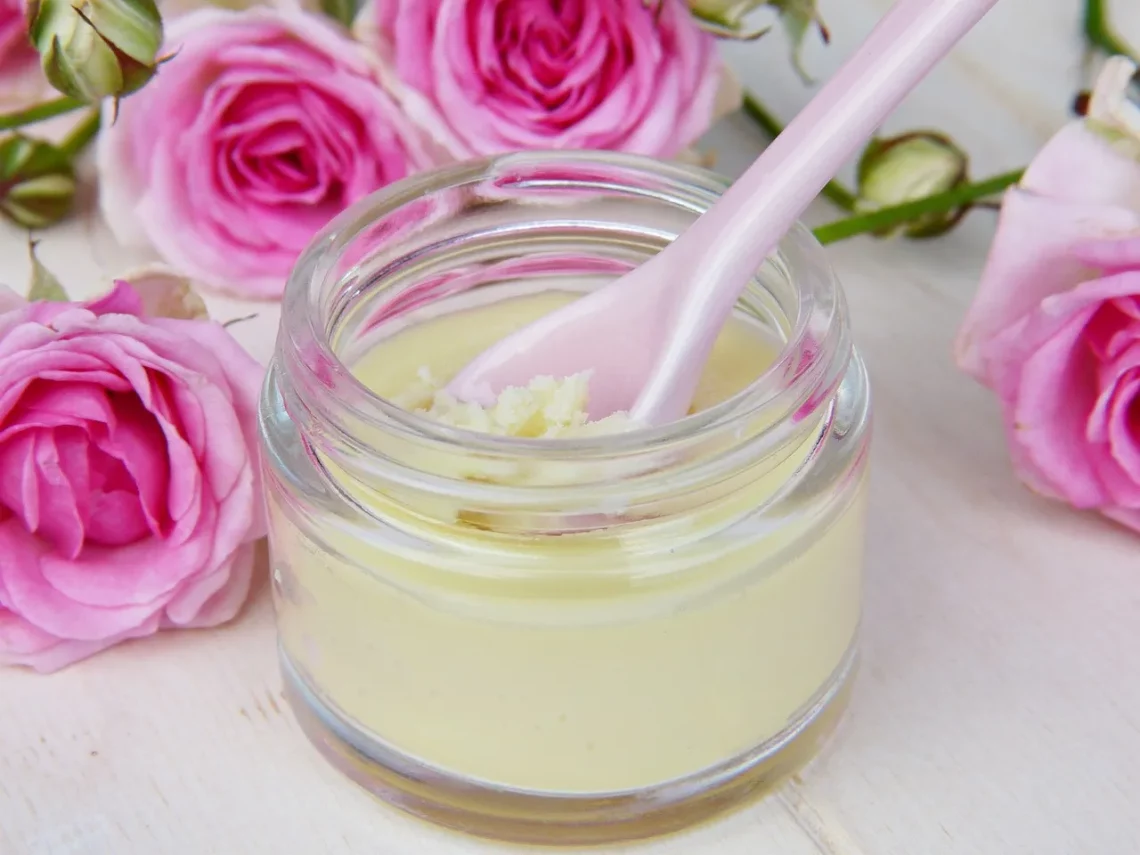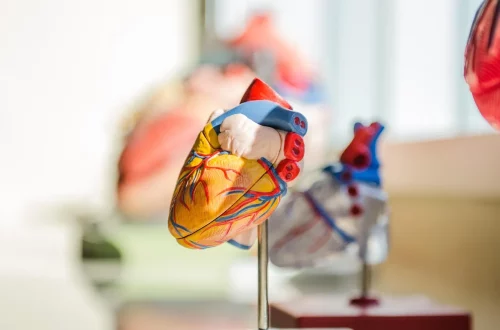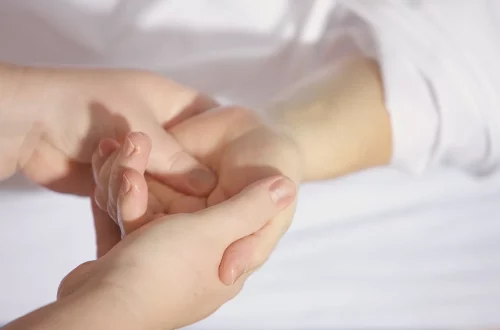
Cyst vs Pimple: Understanding the Key Differences and Treatments
Understanding skin conditions can often feel overwhelming, especially when faced with terms like cysts and pimples. Both of these skin issues are common but can manifest in different ways, leading to confusion about their nature and treatment options. The skin, being the largest organ of the body, serves as a protective barrier and is prone to various conditions that can affect its appearance and health.
Cysts and pimples can be particularly bothersome as they often appear on visible areas of the body, which can impact self-esteem and body image. While people may dismiss these issues as merely cosmetic, understanding the underlying differences between them is crucial for effective treatment. Each condition arises from distinct biological processes and requires tailored approaches for management.
In this exploration of cysts versus pimples, we will delve into their characteristics, causes, and treatment options to provide a clearer understanding of these prevalent skin conditions. By differentiating between the two, individuals can make informed choices about how to care for their skin and seek appropriate medical advice when necessary.
What Are Cysts?
Cysts are sac-like structures that can form within various tissues of the body, including the skin. They are typically filled with fluid, pus, or other material, and can vary in size from very small to large lumps. Cysts can develop due to a variety of reasons, such as infections, blockages in glands, or even genetic conditions. Unlike pimples, which are usually superficial, cysts can occur deeper within the skin and may take longer to resolve.
The most common type of cyst found on the skin is an epidermoid cyst, often referred to as a sebaceous cyst. These form when the cells in the outer layer of the skin multiply and create a sac that fills with keratin, a protein found in skin cells. Cysts can appear anywhere on the body, but they are most often seen on the face, neck, and trunk.
Symptoms of cysts can vary; they may be painless and not cause any discomfort, or they can become inflamed and painful, especially if they become infected. In some cases, cysts may also rupture, leading to the release of their contents, which can cause irritation and inflammation of the surrounding skin.
When it comes to treatment, many cysts do not require intervention unless they become symptomatic or for cosmetic reasons. If a cyst is inflamed, a healthcare provider might recommend draining it or injecting it with a corticosteroid to reduce inflammation. Surgical removal is another option, especially for larger cysts or if they recur frequently.
It is essential to avoid attempting to pop or drain cysts at home, as this can lead to infection and further complications. If you suspect you have a cyst that is causing discomfort or concern, consulting with a dermatologist is advisable for an accurate diagnosis and appropriate treatment plan.
Pimples: Causes and Characteristics
Pimples, also known as acne lesions, are a common skin condition that occurs when hair follicles become clogged with oil, dead skin cells, and bacteria. This blockage can lead to inflammation and the formation of pustules, papules, or nodules, commonly known as pimples. They are typically associated with puberty and hormonal changes, but they can affect individuals of all ages due to factors such as stress, diet, and skincare products.
The primary cause of pimples is an overproduction of sebum, the oily substance produced by sebaceous glands. This excess oil can mix with dead skin cells and bacteria, leading to the formation of acne. Hormonal fluctuations, especially during menstrual cycles or puberty, can exacerbate this condition, causing more frequent breakouts.
Pimples can manifest in various forms, including whiteheads, blackheads, and cystic acne. Whiteheads are closed comedones that develop beneath the skin, while blackheads are open comedones that appear dark due to oxidation. Cystic acne, on the other hand, is a more severe form of acne characterized by painful, inflamed cysts.
Treatment options for pimples vary depending on their severity. Over-the-counter topical treatments containing ingredients like benzoyl peroxide or salicylic acid can help reduce inflammation and clear clogged pores. For more severe cases, prescription medications such as topical retinoids or oral antibiotics may be necessary. In some cases, dermatologists may recommend procedures like chemical peels or laser therapy to manage acne effectively.
Maintaining a consistent skincare routine that includes gentle cleansing and moisturizing can help prevent pimples from forming. Additionally, avoiding harsh products and picking at acne lesions is crucial, as these habits can lead to scarring and worsen the condition.
Key Differences Between Cysts and Pimples
Understanding the differences between cysts and pimples is essential for effective treatment and management. While both can appear similar, they originate from different causes and require distinct approaches for resolution.
One of the primary differences lies in their formation. Cysts are typically formed from blockages in the skin’s glands or as a result of conditions like infections, while pimples arise from clogged hair follicles due to excess oil and bacteria. Cysts can develop deeper beneath the skin’s surface, making them feel more like lumps, whereas pimples are generally more superficial and can be felt as raised areas on the skin.
Another significant difference is their treatment. Cysts often require medical intervention for removal, especially if they become painful or infected. In contrast, pimples can often be treated with over-the-counter products and lifestyle changes. However, severe cases of acne may necessitate prescription medications.
Additionally, the appearance of these skin conditions can vary. Cysts are typically smooth and round, while pimples can present as red, inflamed spots with pus at the center. Cysts may also take longer to heal than pimples, which can resolve more quickly with appropriate treatment.
Recognizing these differences can help individuals make informed decisions about their skincare and when to seek professional help. It is essential to consult a dermatologist for accurate diagnosis and treatment recommendations tailored to the specific skin issue at hand.
Effective Treatments for Cysts and Pimples
When it comes to treating cysts and pimples, it is crucial to adopt a targeted approach based on the specific condition. For cysts, treatment options may include drainage, corticosteroid injections, or surgical removal if they are symptomatic or recurrent. A dermatologist can assess the cyst and recommend the most appropriate course of action.
For those dealing with pimples, a multifaceted approach often yields the best results. Over-the-counter treatments containing salicylic acid or benzoyl peroxide can help unclog pores and reduce inflammation. Establishing a consistent skincare routine is vital, which includes cleansing the skin twice daily, exfoliating regularly to remove dead skin cells, and using non-comedogenic moisturizers.
In more severe cases of acne, prescription treatments may be necessary. Topical retinoids can help promote cell turnover and prevent clogged pores, while oral antibiotics can reduce bacteria and inflammation. Hormonal treatments, such as birth control pills, may also be effective for some individuals, particularly women who experience hormonal acne.
In addition to topical and prescription treatments, lifestyle modifications can significantly impact skin health. Maintaining a balanced diet rich in antioxidants, staying hydrated, and managing stress levels can contribute to clearer skin. It is also advisable to avoid picking at or popping pimples, as this can lead to scars and further irritation.
For persistent or severe cases of either cysts or pimples, seeking professional advice from a dermatologist is essential. They can provide tailored treatment plans and help individuals achieve healthier skin.
**Disclaimer:** This article is for informational purposes only and does not constitute medical advice. Always consult a healthcare professional for medical concerns or treatment options.




